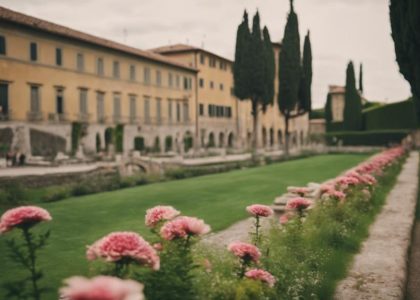Nestled within the quaint streets of Pisa, Giardino Scotto stands as a silent witness to the city's rich history. Its significance transcends mere aesthetics; it intertwines with pivotal moments in the tapestry of Pisa's past. From hosting cultural gatherings that shaped the intellectual landscape to playing a subtle yet influential role in political affairs, Giardino Scotto's allure lies not only in its architectural and landscape charm but also in the stories it holds within its greenery. As we explore further, the layers of historical importance that this garden conceals begin to unravel, revealing a narrative worth unraveling.
Origin and Evolution
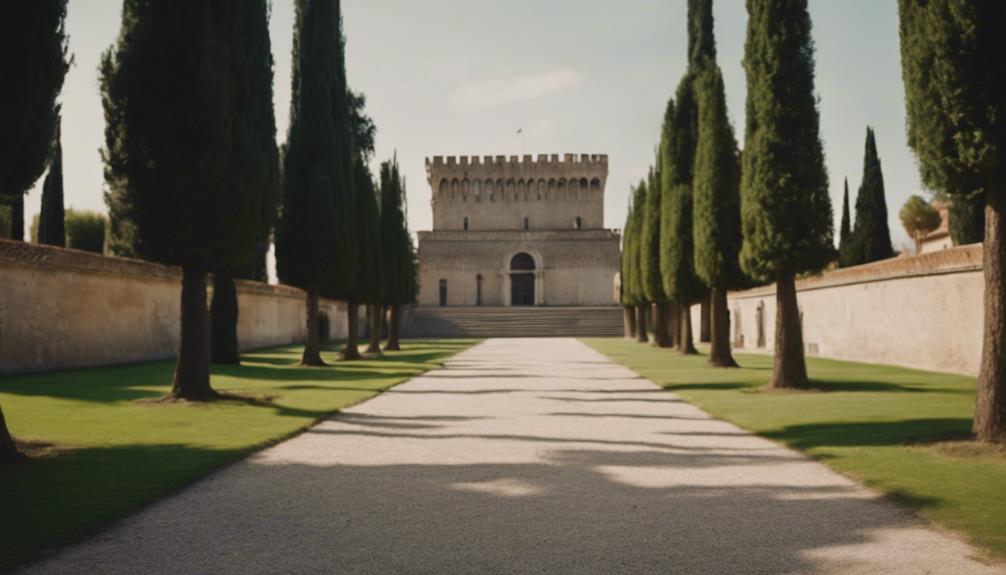
The historical evolution of Giardino Scotto in Pisa traces back to its origins as a prominent botanical garden. Established centuries ago, the garden served as a sanctuary for a diverse array of plant species, embodying the essence of freedom and exploration. Over time, this green oasis evolved to become more than just a botanical haven. It transformed into a symbol of community gathering, where individuals could freely engage in discussions, exchange ideas, and nurture a sense of unity.
Giardino Scotto's transition from a botanical garden to a multifaceted cultural space marked a significant shift in its historical significance. The site began to host various events, ranging from art exhibitions to musical performances, attracting people from all walks of life. This transformation underscored the garden's role not only as a place of natural beauty but also as a hub for cultural exchange and intellectual discourse.
As Giardino Scotto continued to adapt to the changing times, it retained its core value of freedom, offering a space where individuals could express themselves freely and celebrate the richness of human creativity.
Cultural Gatherings and Events
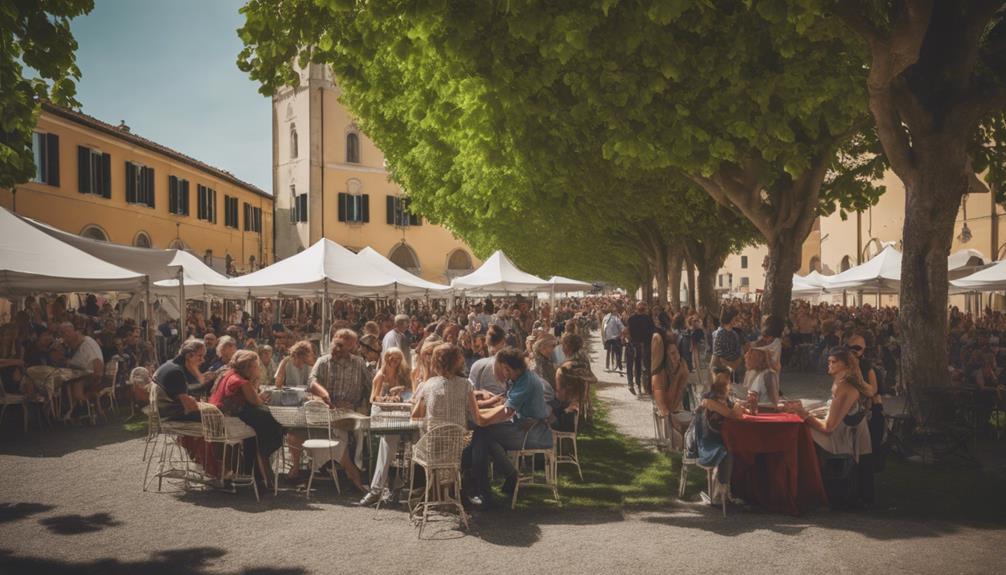
Evoking a vibrant tapestry of cultural exchange, Giardino Scotto in Pisa thrives as a dynamic venue for diverse gatherings and events. Nestled in the heart of Pisa, this historic garden serves as a melting pot where individuals from various backgrounds come together to celebrate art, music, literature, and more. Throughout the year, Giardino Scotto plays host to a plethora of events that cater to the eclectic tastes of the city's residents and visitors alike.
From lively music festivals that resonate with the melodies of both local talents and international artists to art exhibitions that showcase the creativity of emerging and established artisans, this enchanting garden pulsates with a spirit of inclusivity and freedom. The cultural gatherings held at Giardino Scotto not only entertain but also educate, providing a platform for meaningful dialogues and the exchange of ideas.
Whether it's a poetry reading under the stars or a vibrant food festival celebrating the rich gastronomic heritage of the region, Giardino Scotto stands as a beacon of cultural diversity and expression in Pisa.
Role in Political History
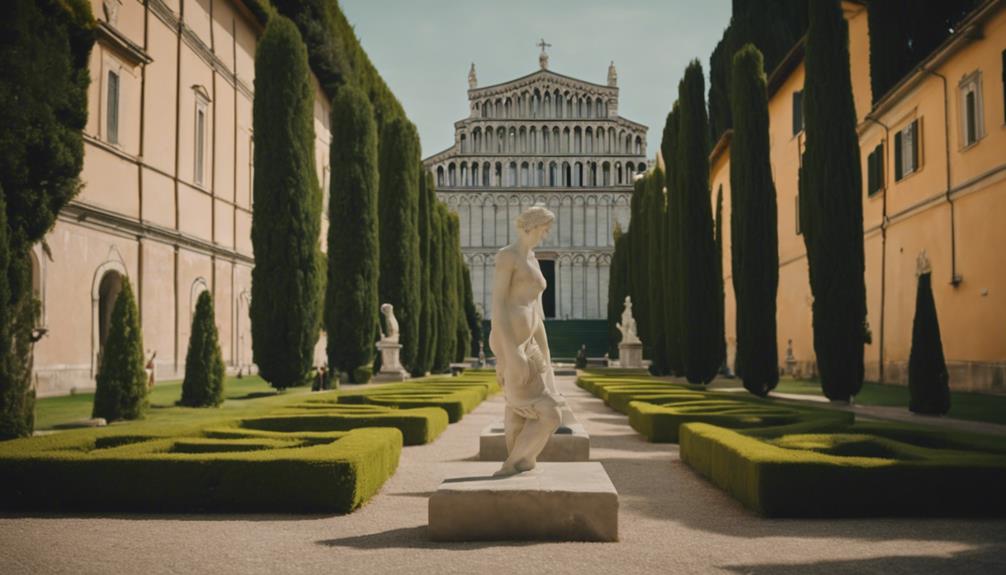
Playing a pivotal role in shaping the political landscape of Pisa, Giardino Scotto holds a significant place in the city's history. Here's how this historical site has influenced the political sphere:
- Meetings Point for Dissidents: Giardino Scotto served as a meeting place for political dissidents and activists, providing a safe space for discussions and organizing resistance against oppressive regimes.
- Symbol of Freedom: During times of political turmoil, Giardino Scotto became a symbol of freedom and democracy, where citizens gathered to express their dissent and demand their rights.
- Strategic Gathering Spot: The location of Giardino Scotto, near the city center and key political buildings, made it a strategic spot for political rallies, speeches, and demonstrations.
- Historical Protests: Throughout history, Giardino Scotto witnessed numerous protests and movements that played a crucial role in shaping Pisa's political landscape, demonstrating the power of the people in bringing about change.
Architectural and Landscape Influence
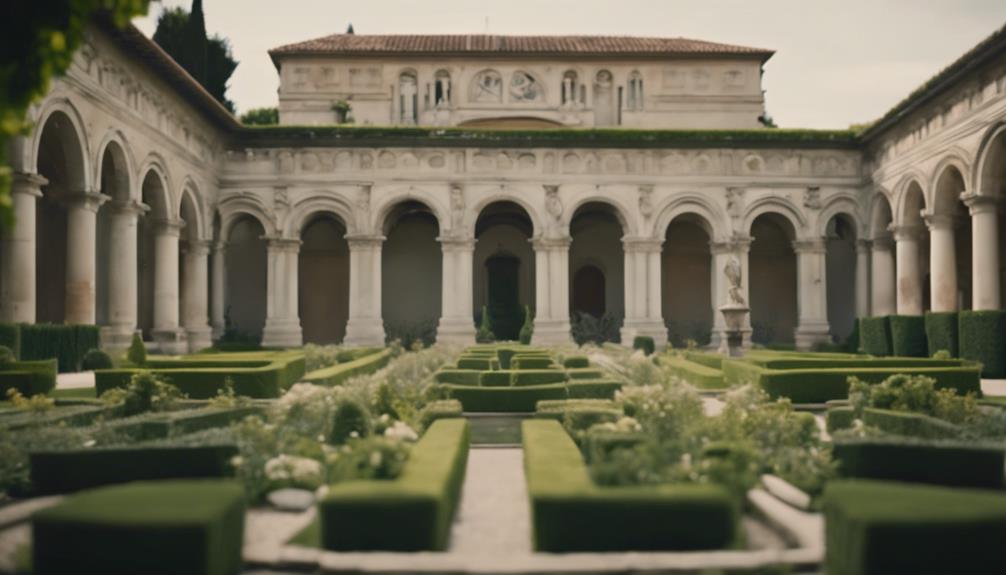
Having left a lasting imprint on Pisa's political history, Giardino Scotto's architectural and landscape influence stands as a testament to its multifaceted significance in the city's heritage. The garden's design, characterized by a harmonious blend of architectural elements and natural beauty, showcases a unique fusion of man-made structures and lush greenery. The architectural features within Giardino Scotto, such as the historic walls, pathways, and pavilions, reflect a rich historical past while providing visitors with a sense of tranquility and contemplation.
Moreover, the landscape within Giardino Scotto is meticulously curated to enhance the overall aesthetic appeal of the garden. The carefully manicured lawns, vibrant flower beds, and towering trees create a serene environment that invites individuals to unwind and immerse themselves in the beauty of nature. The strategic placement of benches and seating areas offers visitors the opportunity to relax and appreciate the architectural and natural wonders that define Giardino Scotto.
Preservation Efforts and Future Prospects
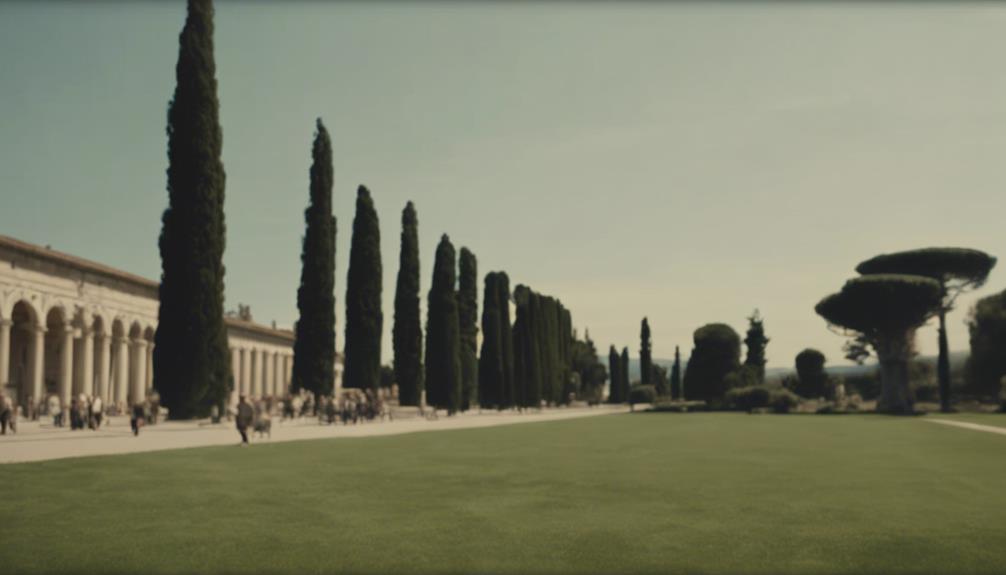
In light of Giardino Scotto's historical significance and architectural prominence, attention is now focused on its preservation efforts and future prospects. The garden's rich history and unique design make it a valuable cultural heritage site that must be safeguarded for future generations. Here are some key points regarding the preservation and future of Giardino Scotto:
- Conservation Initiatives: Collaborations with heritage preservation organizations to ensure the maintenance and restoration of the garden's structures and landscapes.
- Community Engagement: Involving local residents and stakeholders in decision-making processes regarding the garden's upkeep and utilization to foster a sense of ownership and responsibility.
- Sustainable Development: Implementing eco-friendly practices and sustainable management strategies to protect the environment and enhance the garden's long-term viability.
- Cultural Programming: Introducing diverse cultural events, exhibitions, and educational programs to increase public interest and support for Giardino Scotto's preservation and continued relevance in the community.



